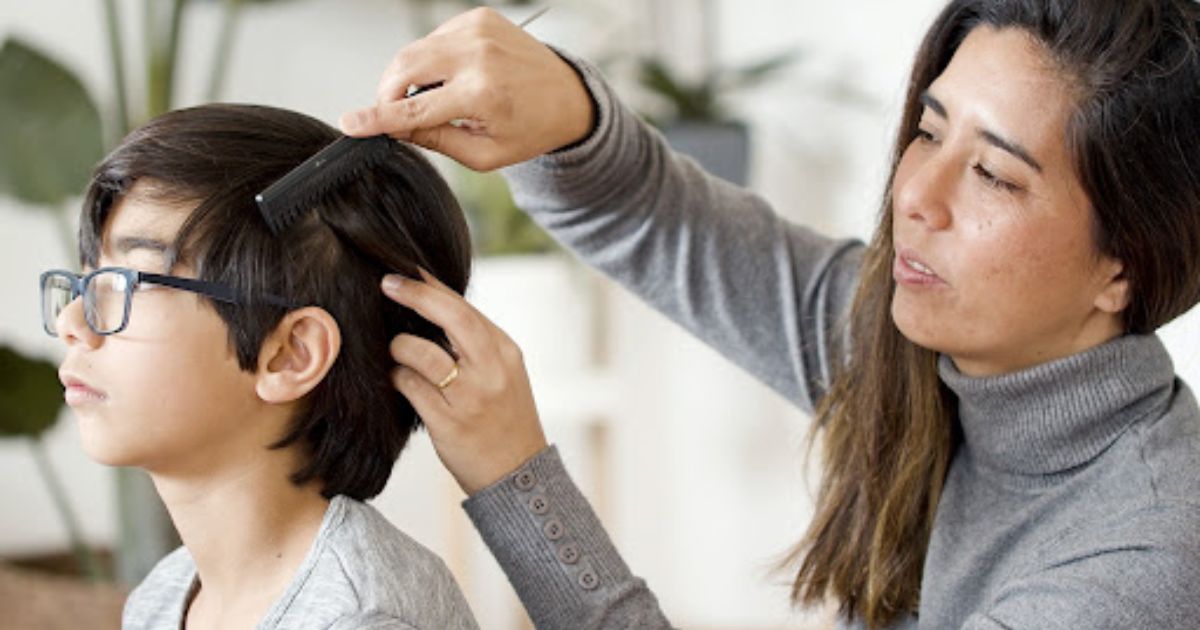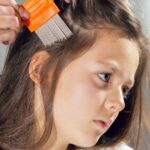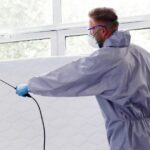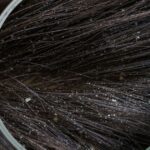Are you one of the lucky few who’s escaped dealing with a head lice infestation? If so, you might not have the best idea of what they are. Recognizing the signs of symptoms of a head lice infestation is important to prevent getting a bad infestation. These tiny, blood-sucking creatures live on the scalp, but kicking them out of their newfound home is challenging.
To effectively address a head lice infestation, you need to be familiar with the signs and symptoms of lice. Our head lice experts have created this brief guide to help you recognize the signs and symptoms of a head lice infestation and help you stay prepared in case one happens in your home.
Table of Contents
Understanding Head Lice, Signs of Lice
Before learning about the symptoms and signs of lice, you must understand what head lice are – small insects that infest the hair and scalp, feeding on human blood. Because head lice can multiply rapidly, infestations have the potential to become severe if not treated promptly. That’s another reason why knowing lice symptoms is helpful.
Who is Most At Risk For Head Lice?
You might be wondering who is most at risk for head lice. Head lice infestations are most commonly found among school-age children, particularly those between the ages of 3 and 11 years. Children are particularly susceptible because of their close physical contact with peers, whether during playtime, sharing personal items like combs or hats, or huddling together in classrooms.
Elementary schools, pre-schools, and childcare facilities are the ideal settings to become epicenters of a lice outbreak due to the factors listed above. In general, girls tend to be more frequently affected by head lice than boys, mainly because of their longer hair, which provides more favorable hiding places for lice and their eggs (nits). But that means if you have a boy with long hair they are equally as likely to get lice. The lice infestations can also affect their immediate family members who come into close contact with them.
Not Just Children Get Lice, Parents and Caregivers Can Too!
In addition to children, the parents or caregivers may also be at higher risk of contracting head lice due to their proximity to infested children. While head lice do not discriminate based on socioeconomic status, they are more likely to spread in communities with close-knit social networks, as well as in regions with limited access to education and information about lice prevention and treatment.
It’s important to note that lice infestations can occur in any demographic, and they are not necessarily linked to personal hygiene. However, awareness of head lice symptoms, early detection, and proper treatment remain essential for minimizing the spread and impact of head lice infestations in at-risk populations.
Common Signs of a Head Lice Infestation
Recognizing the primary signs of a head lice infestation is crucial for early intervention. Here are some common lice symptoms:
Is Itching a Lice Symptom?
Yes, itching can be a lice symptom. You know that spot always itches, but you can’t scratch it? When this happens on the bottom of your neck, behind your ears, or near the crown of your head, it’s one of the signs that lice have settled in. If anyone in your home complains of persistent head itching, it’s essential to check for lice.
Visible Lice or Nits
We know that lice and their eggs, called nits, live in the scalp. But what do lice look like? Adult lice are tiny, similar in size to a small seed, and can be white, tan, or brown. Conversely, nits are oval-shaped and attach to individual hair strands, usually near the scalp. The presence of either of these nuisances is a tell-tale sign of lice, and means you need to address it!
While those are the biggest indicators of lice, there are a few other lice symptoms that can help identify a head lice infestation:
- Changes in Mood: Lice can also cause psychological symptoms, including changes in your mood. When you’re constantly itching your scalp or worrying about a lice infestation, you may become irritable, anxious, or even depressed.
- Difficulty Sleeping: You might toss and turn if you’re infected with lice, causing you to lose sleep. While it’s no secret that getting eight hours of sleep is ideal, lice aren’t thinking about that when they infest your scalp.
- Sores or Red Bumps: Scratching the itchy areas on your scalp, neck, or ears can lead to sores or red bumps. These can become infected if left untreated, so it’s essential to identify symptoms as soon as they pop up.
- Lice in Household Items: Head lice don’t only live on your scalp. Sometimes, they can be found on personal items such as combs, hairbrushes, hats, or headphones. If you discover lice on any of your items, immediately disinfect these belongings or get rid of them.
Preventing Future Head Lice Infestations With Effective Lice Treatment
Minimizing the risk of future head lice infestations begins with recognizing the signs and symptoms. That’s why we’ve created this short guide to head lice treatment. Prevention of head lice is also key. Taking measures like undergoing regular head checks, avoiding the sharing of personal items, practicing good hygiene, and keeping your home clean and vacuumed are only a few of the many ways you can do this.
If You Have a Head Lice Infection, Or Signs of Lice, Contact the Experts!
However, if you or anyone in your family ever become the unfortunate victim of a lice infestation, the next step is to get treatment. The Lice Clinics, located in Greenville, Anderson, and Spartanburg SC, offer convenient and affordable lice treatment.
Our team of trained head lice technicians will help you determine whether you have lice, how severe the infestation is, and the best treatment. Contact our head lice experts today to learn more.



